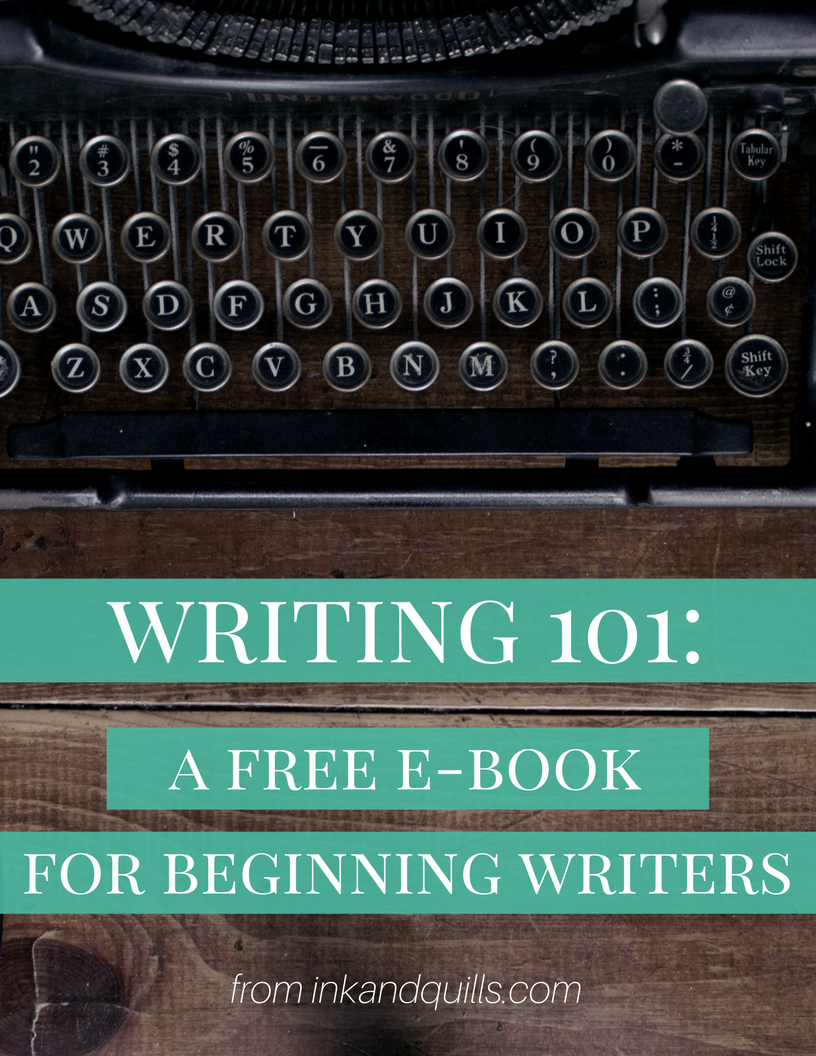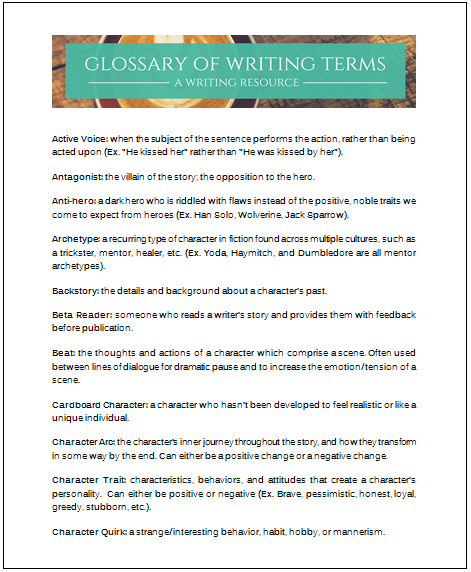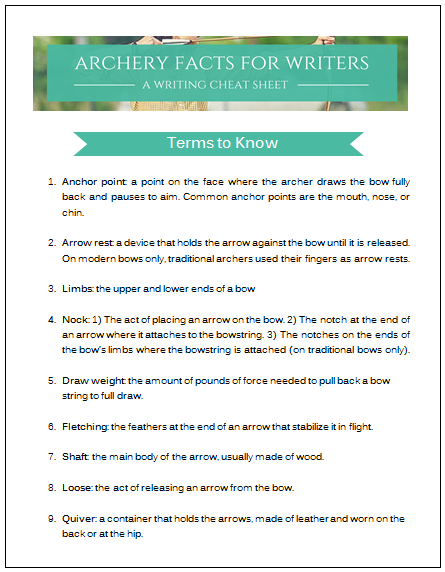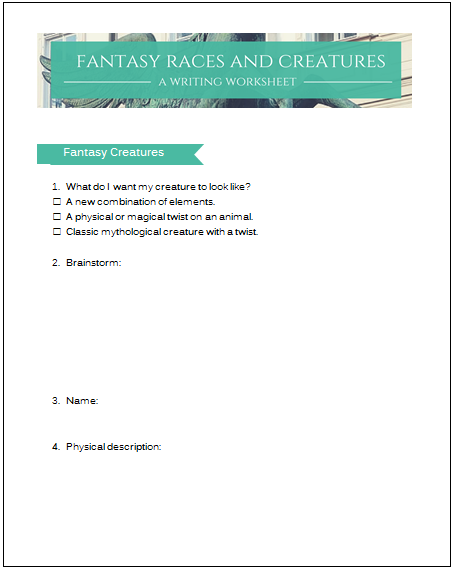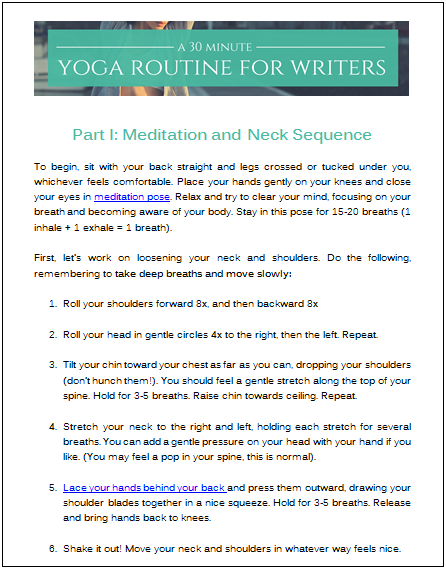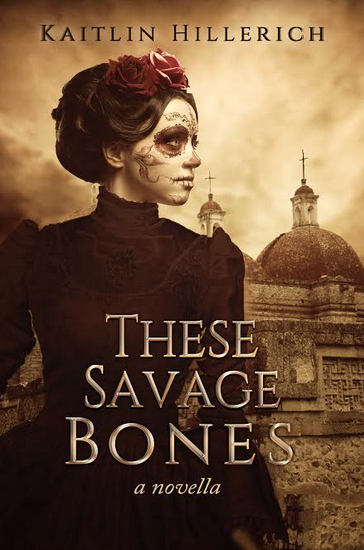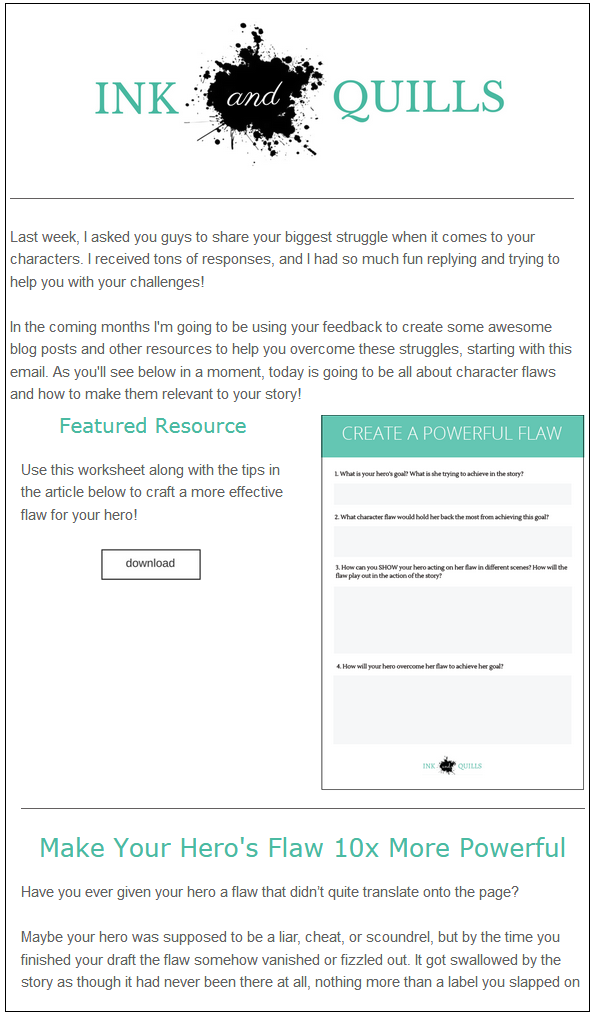 I’m going to ask you a question that writers loath even more than the dreaded “What is your story about?” Are you ready for this, writer? Brace yourself: Who is your novel for?
I’m going to ask you a question that writers loath even more than the dreaded “What is your story about?” Are you ready for this, writer? Brace yourself: Who is your novel for?
If your answer is somewhere between “Everyone” and “I don’t know,” it’s high time you identified your story’s target audience. You know, the readers who will find your story irresistibly appealing and snatch it right off bookstore shelves.
And spoiler alert: Your story will not appeal to every reader. It’s just not possible. As scary as it might sound, there will be readers who will hate your book and that’s okay! Your goal as an author is to delight your target readers and no one else.
So, just who did you write this story for anyways? Who would want to read your novel (besides your mom, that is)? To discover your target audience, there are two things you’ll want to consider: Reader Preferences and Reader Demographics.
Reader Preferences: the types of stories a reader most enjoys. What he/she likes to see in the stories they read.
Reader Demographics: specific readers who would enjoy, relate to, and connect with your story more so than others.
By layering elements of these two categories together, you will create your target audience. Let’s look at each one in more detail.
Reader Preferences
Genre and Sub-genre—Most readers have a preferred genre and sub-genre they enjoy. For example, my favorite genre is fantasy. Within that genre my favorite sub-genre is medieval/high fantasy, and I tend to avoid sub-genres such as paranormal or urban fantasy.
Plot vs. Character—Some readers enjoy stories that are fast-paced, full of action, and are driven by the events of the plot. Other readers enjoy stories that are driven by the characters and delve deep into character development.
Setting—Some readers might be drawn to stories set in a specific country and/or time period. For example, one reader might devour anything set in ancient Egypt while another might find stories set in modern-day Scotland irresistible.
Writing Style—Some readers like clean, straight-forward writing often found in commercial fiction, while others may enjoy the lush, poetic prose usually found in literary fiction. Additionally, some readers prefer the story to be told in third person in the author’s “voice” while others enjoy first-person stories that allow them to slip right into the character’s head.
So, for example, a target audience for The Lord of the Rings would be readers who enjoy epic high fantasy, complex fantasy worlds, and a plot-driven story with a lush literary writing style.
Or, the target audience for The Help would be readers who enjoy historical fiction that explores racial issues, settings in the Deep South, character-driven stories, and a writing style that uses the characters’ voices to tell the story.
Reader Demographics
Age—Fiction is divided into different categories according to age: Middle Grade, Young Adult, New Adult, and Adult. It’s important to know what age you’re writing for so you can make your story relatable to the experiences and struggles of that age group. For example, a novel about high school cyber bullying is going to be more relatable to a teen than a novel about woman in the midst of a mid-life crisis.
Gender—Gender usually doesn’t matter when it comes to enjoying a story, but occasionally a book might appeal more to males or females. For example, romance writers tend to target a female audience. On the other hand, an author might write a novel that is more appealing to a predominantly male audience, such as a gritty war story about the bond between brothers in arms.
Of course, either of these stories could appeal to either gender. I’ve known guys who enjoyed a good chick flick, and I myself tend to enjoy war stories. Just ask yourself if your story might appeal significantly more to one gender than the other and target that gender, but keep in mind any story can be enjoyed by both genders.
Ethnicity—Readers of all cultures and races should be able to see themselves in the heroes and heroines populating fiction. We also often better relate to characters who share our race and culture. If you have a diverse cast of characters in your novel it will appeal more strongly to readers of the same race.
So, for example, if you wrote a story about a Hispanic woman who immigrated to the U.S., your story would appeal to the Hispanic demographic as well as other immigrants who could relate to the character’s experience.
Religion—Sometimes, an author might want to write a faith-based story targeted to readers of a specific religion such as Judaism, Christianity, Islam, etc. Even if the plot or overall tone of your book is not overtly religious, having a character who is Muslim, Buddhist, Christian, etc. could attract readers of that faith.
Profession & Life Experiences—Readers are drawn to characters they can relate to. If you have characters with a disease or disability, a character who is a cop, musician, nurse, etc., or characters who are struggling with family issues, racism, divorce, parenting a difficult child, readjusting to civilian life after a war, etc. it will appeal to readers who have had/are having similar experiences.
Why Identify Your Target Audience?
All of this being said, this doesn’t mean that people outside of your target audience can’t enjoy your book. Harry Potter is a terrific example of this—it originally was targeted to a Middle Grade audience, but readers of all ages have fallen in love with the story. So if that’s the case, then why should you bother identifying your target audience to begin with?
For one thing, knowing who you’re writing for and what they are looking for in a story makes it easier for you as a writer to please those readers. You can tailor your story to feel as though it was written just for them. You will be able to write a story they can relate to, and even impact them so deeply it could have a positive effect on their life. And that’s pretty powerful stuff.
Secondly, your publisher will expect you to know your book’s audience. The last thing a publisher wants is to be handed a novel you claim teen readers will love but is filled with gratuitous swearing, explicit sex scenes, and a seventeen-year-old who is having an affair with a married man. How on earth is a publisher supposed to market and sell that? You’re going to get a rejection letter.
On the other hand, if you present a publisher with a New Adult novel about the emotional struggles of a heroine who watches all of her college friends become engaged and get married while she remains single, they’ll realize that you’ve put the time into thinking about your audience. The story fits the audience, which means the publisher can market it easily.
Even if you decide to self-publish, you will still need to know your target audience. Self-publishing means marketing your book yourself, and knowing your target audience will help you to figure out where your readers hang out in real life and online, what blogs or magazines/e-zines they read, and what social media outlets they use most.
If figuring out your target audience is still making you stress, relax! Sometimes your audience doesn’t become clear until your story begins to take shape. You might start writing a Middle Grade novel only to realize halfway through you have a Young Adult novel on your hands. While knowing your audience beforehand is helpful, you can always go back and tweak your story to fit your audience.
Just continue to ask yourself: Who would enjoy this story? Who am I writing for? I promise you, there are readers out there waiting for your story. Once you are able to define your target audience, you will be able to find, delight, and reach the perfect readers for your story. And that, friend, is a huge advantage well worth having.
What do you find challenging or confusing about identifying your target audience? Let me know in the comments below!
Previous Posts in the Writing 101 Series:
Part 1: The Fundamentals of Story, Part 2: Writing Term Glossary, Part 3: Creating a Successful Hero & Villain, Part 4: Unraveling Tension, Conflict, and Your Plot, Part 5: Let’s Talk Dialogue, Part 6: Setting and World-building, Part 7: Creating Effective Description, and Part 8: Tips and Resources for the Grammatically Challenged Novelist.










